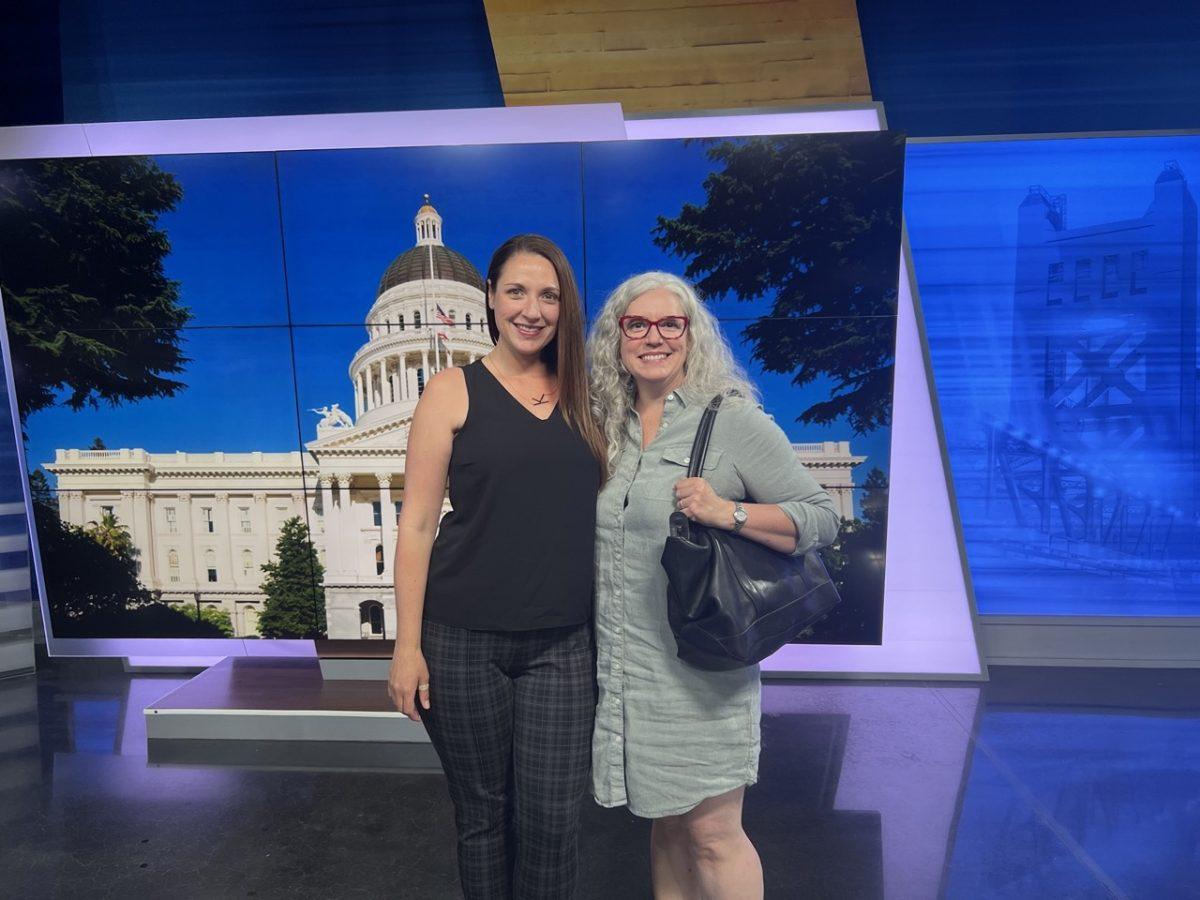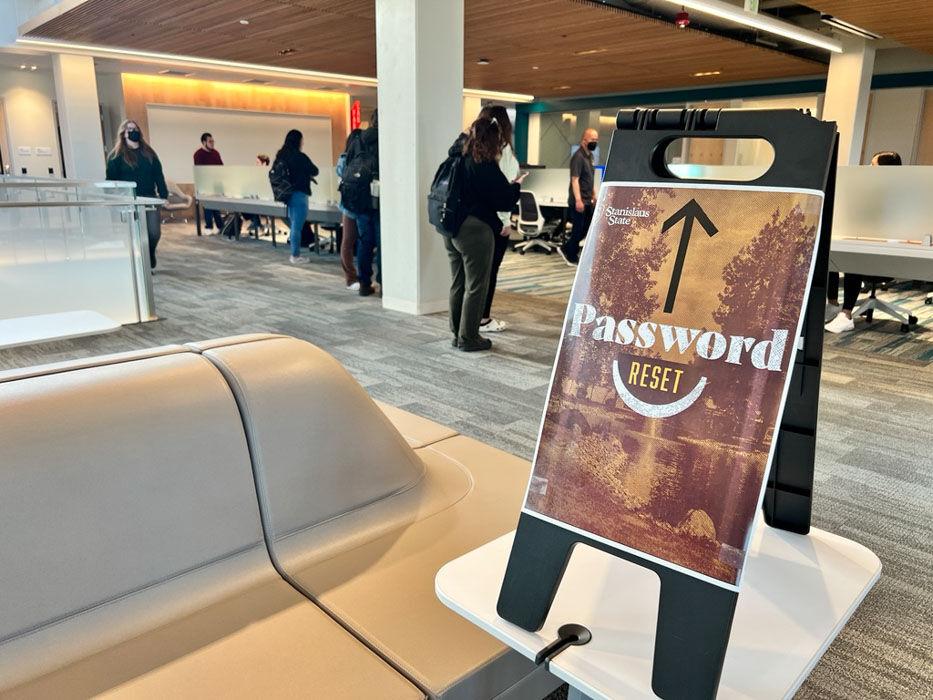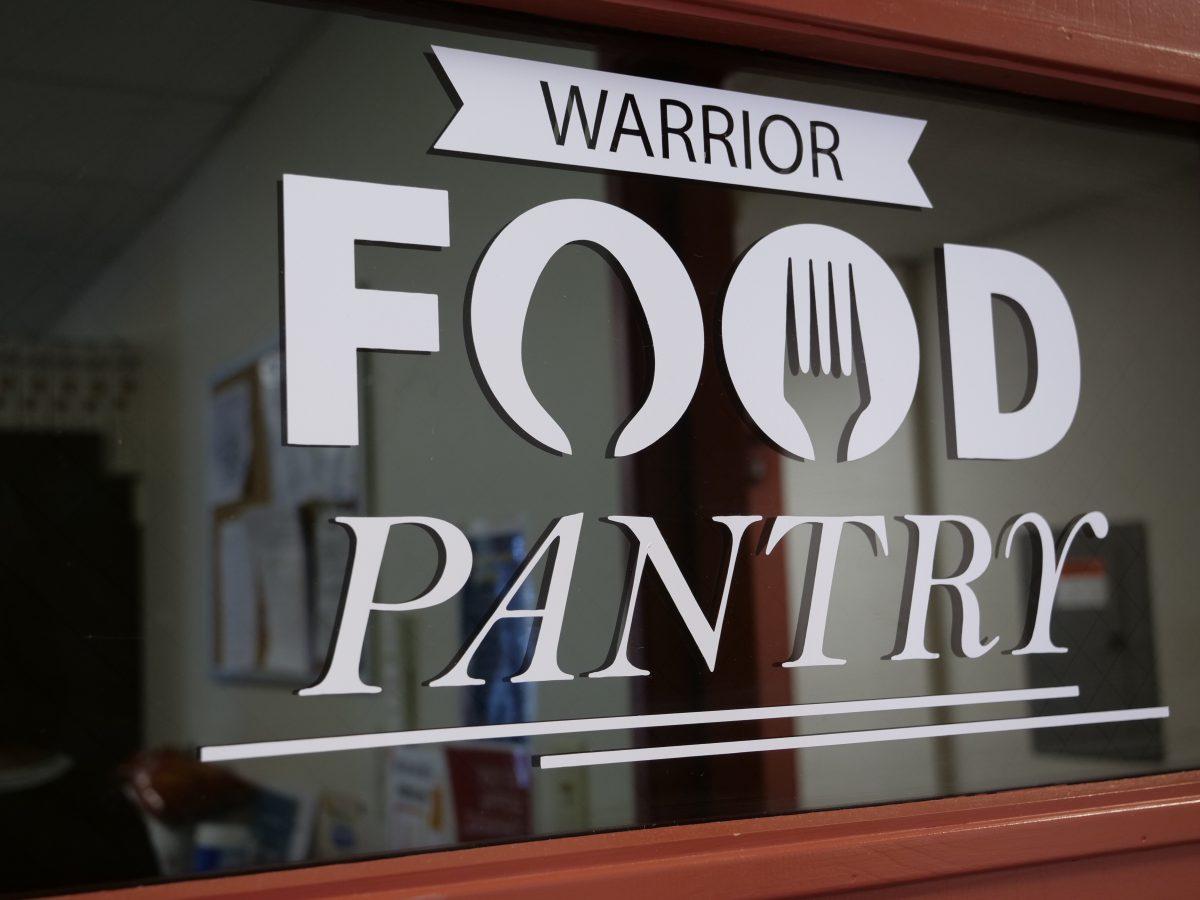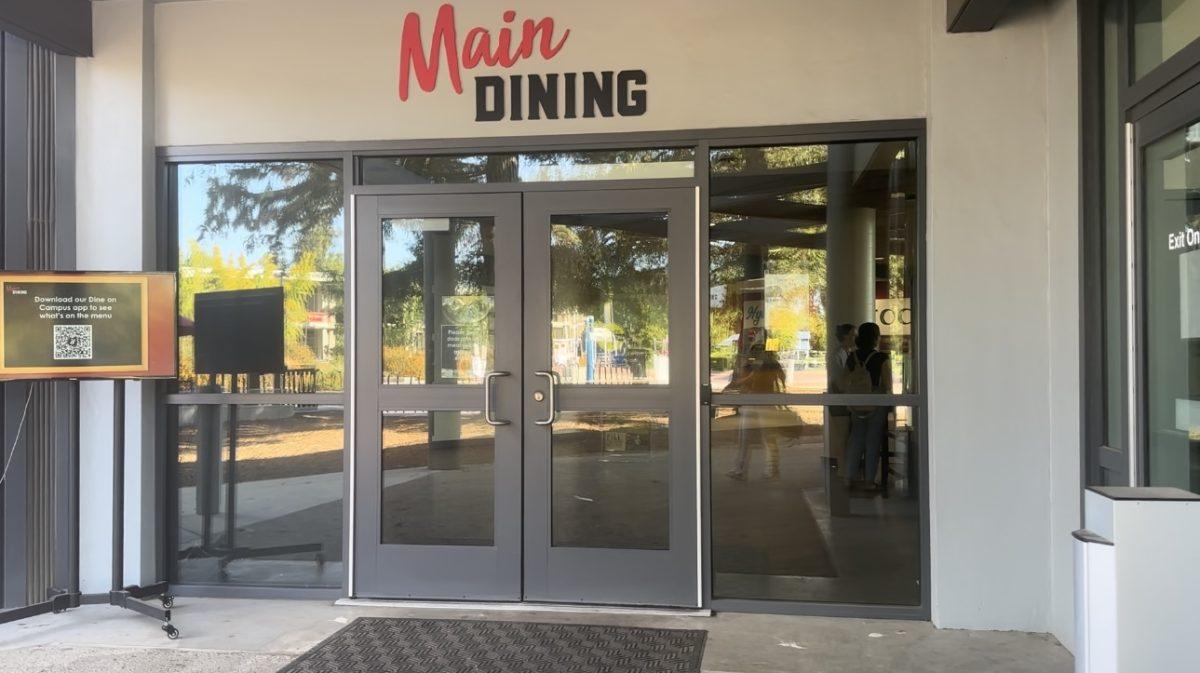While some people have been putting their kitchens to good use during the quarantine, others have been barely scraping by.
Learning to cook may seem like an intimidating project, but here to give you some tips is Dr. Shannon Stevens, Signal advisor, journalism professor at Stan State and chef. With her love of teaching and her passion for cooking, Dr. Stevens is an excellent person to turn to for cooking tips and tricks.
Dr. Stevens developed her love of cooking at a very young age, when her Grandma Boots would let her help out in the kitchen. As she grew older, cooking became an important part of her relationship with her father. “When I was a teenager, I lived with my dad, and we used to cook meals together as a regular sort of bonding experience.”
For Dr. Stevens, cooking is not just a necessity for survival, it has been her way of connecting with people, marking special occasions, and honoring the memories of her past. “Cooking is a really important part of my life, it always has been.”
However, in her senior year of college, cooking also became her source of income. “I paid my way through my senior year of college working as a chef in a local fine dining restaurant.”
Through her journey from grandma’s assistant to a professional chef, Dr. Stevens has picked up several tips and tricks along the way.
First, she stresses the importance of a thorough preparation phase.
“Think through every step of what you’re going to do to make sure that you’re ready to go from beginning to end. Read a recipe all the way through. Read the ingredient all the way through. Make sure that you have everything you need,” Dr. Stevens suggests.
If you’ve watched any baking show, you might have noticed that the chefs have their ingredients pre measured into adorable little bowls. Dr. Stevens suggests that pre measuring your ingredients might be a helpful step when teaching yourself how to cook.
“It’s actually a really good way to teach yourself how to follow a recipe… It allows you to separate everything out. First, you look at your ingredient list, get everything organized and ready, and then you can move onto the actual preparation.”
By doing this, you will save yourself the time of having to measure things out while simultaneously monitoring the stove or stirring the ingredients.
This step would definitely have come in handy during my last cooking experiment as I watched an extra cup of milk spill into my biscuits a moment too late. If I had measured out the milk beforehand, I might have noticed that the ratio seemed a little off.
Another tip is to “keep your workspace clean and organized.” Cleaning up your workspace as you go will make the whole process go more smoothly. Additionally, putting away each ingredient after it has been used will give you a visual reminder of where you are in the recipe.
A final thing to consider before you begin a recipe is your own emotional well being. A rule of the cooking that Dr. Stevens follows is never take on a big cooking project while you’re too hungry.
“If I’m really hungry I never take on a recipe that I’ve never done before.”
Hangryness and cooking do not mix well. I learned this as I stood over my runny biscuits with tears streaming down my face. Not only did being hungry lead me to make a silly mistake, but it also made that mistake seem like the biggest tragedy of the century.
Although I felt like a complete failure at that moment, Dr. Stevens explains that making mistakes is how people learn how to be great chefs.
“Mistakes don’t mean that you failed, it means that you learned a lesson.” Instead of getting down on yourself for messing up, think of your mistake as an opportunity for growth.
In the future, I will remember to carefully measure out my ingredients before throwing them together.
Dr. Stevens advises those who are not confident in their cooking skills to “be forgiving and remember that all cooking is a learning experience.”
Another skill that comes with practice is learning how to build a meal.
The first step is to look around and see what you have. “When I build a meal, it’s often about what I have in the house,” says Dr. Stevens.
After identifying the ingredient that you want to use (ground beef for example), Dr. Stevens suggests simply googling “how to make ground beef into a meal.”
“Some of it is about thinking about what you like,” says Dr. Stevens. If you like Italian food, you could turn ground beef into a lasagna. If you like Mexican food, it could be tacos! It’s all a matter of preference.
As a big fan of fruits and vegetables, Dr. Stevens often builds her meals around whatever vegetable is in season.
Nutritionist Bridgett Von Kahle expanded on what it takes to create a healthy meal. “Veggies and or fruits should take up around half of your plate, with the other half split between your meat or meat alternative and grains,” she says.
Von Kahle suggests getting creative with your veggies, and trying out new recipes while stuck at home. “Quarantine is a good time to get bits of various veggies and try new recipes to see if there’s anything new you’d like to add to your favorites.”
As a rule of thumb, Von Kahle explains that each day we need about 2-3 servings of fruit, 3-4 servings of vegetables, 4-5 servings of protein, 4-5 servings of carbohydrates, and 3-4 servings of fats.
However, she adds that “this is all pretty broad and general” and that it is “fine to be a longer goal to average throughout the day. It’s better to feed your body when it’s hungry than to focus on numbers at meals.”
Eating healthy can be a struggle for some, but the good news is that being healthy doesn’t mean completely giving up your comfort foods.
“All foods can fit in a healthy diet, whether your superfood of the day is a refreshing colorful salad or a comforting slice or pizza.”
For those who are interested in getting more information on methods for meal management through the day, Von Kahle suggests visiting https://www.choosemyplate.gov/.
After considering the nutrients that you need in your day, you may still need a little inspiration as to how to turn those vitamins into a delicious meal. Luckily, there are plenty of resources to turn to if you need a little extra cooking inspiration.
Dr. Steves suggests the New York Times cooking app. “It’s given me courage to try things that I wouldn’t have tried before.” She assures us that there are plenty of recipes labeled “easy” to help us learn the basics as we begin our cooking journey.
Whether you’re looking to become a master chef, or simply to be able to feed yourself, quarantine is a great time to start practicing your home cooking skills.













